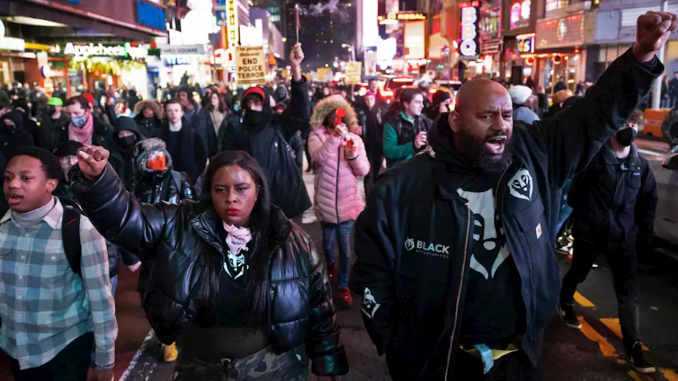
February is Black History Month — a time to celebrate centuries of Black struggle for justice as well as focus on the truth about racial oppression and exploitation throughout U.S. history.
There are “Two Legacies.” The first begins with chattel slavery, that is, the vicious kidnapping and racist oppression and exploitation of Black people as the personal property of rich white people. The other is the struggle for freedom and equality against this, beginning with slave revolts and continuing with the struggle today.
The enslavement of African people was essential to create and maintain plantation agriculture, one of the economic pillars of the early U.S. But the eventual abolition of chattel slavery did not end systemic racism. Slavery was replaced for nearly a century by the segregation of the Jim Crow era, including terrorist attacks on Black communities by the Ku Klux Klan and other white supremacist organizations. This was a period of legal racial segregation, and oppression in housing, health care, education, employment, policing, public services, and more.
The capitalist ruling class of this country has always used racial and ethnic oppression to divide the working class to try to turn one section against the other. And these divisions have created one more obstacle for workers to overcome in fighting for our common interests.
But history is also full of oppressed people fighting back. Historians have counted over 300 slave revolts, which doesn’t count other resistance, such as the Underground Railroad. About 200,000 Black people joined the U.S. military during the Civil War to defeat slavery.
Black workers have played leading roles in U.S. labor struggles, sometimes in all-Black unions, sometimes together with other workers in key industries including the railroads, textiles, auto, steel, and health care. These struggles were fought at national, regional, and local levels.
The Civil Rights and Black Power Movements exploded in the 1950s and 1960s. The Montgomery Bus Boycott, the Sit-Ins, the Freedom Rides, voter registration campaigns, and other large and small acts of resistance involved hundreds of thousands of people, often facing police and national guard terror, including brutal violence and arrest. Additional terror was perpetrated by “night riders,” often the same white men, who drove through Black communities, shooting at and fire-bombing homes. These struggles forced the power structure to make changes, including the Civil Rights Act of 1964 and Voting Rights Act of 1965. But institutionalized racism remained in many areas of society, including policing, the judicial system, education, health care, and housing. The Black Power Movement and the massive rebellions of Black people in large and small cities took on these and other outrages. Black U.S. soldiers in Vietnam and at home resisted the war and played an important role in ending it. The Black movement spawned many other social movements over the next decades.
Black people’s legacy of struggle against exploitation and oppression provides lessons for organizing the fights we need to make today against the exploiters, the war-makers, and the politicians who do their bidding. These struggles will depend on organizing the tremendous power of the working class, in which Black workers can and will have to play a central role. The struggle for Black liberation is an essential part of the struggle for the liberation of humanity.

